Ever have one of those days when you’re driving it great but can’t putt? Or your irons are dialled in, but you keep chunking chips? It’s hard to be a complete player because different shots require different mind-sets and skills. That being said, there are easy adjustments you can make to transition from one part of the game to another. Here I’ve used song titles from the 1980s to make the points easy to remember. Work on these moves in practice, then recall the songs when you play. You’ll strengthen the weak links in your game. — with Ron Kaspriske
1. Finish What You Started
Posing your finish with the driver means you didn’t rush down from the top of the backswing or try to steer the ball into the fairway. Instead, you gradually accelerated the clubhead so it was gaining speed through the strike. That gradual momentum allowed you to complete the swing in balance [below].
Don’t get me wrong: I’m not saying you have to swing slow to pose your finish. You can swing as fast as you want, provided you can hold your finish for five seconds without rebalancing. Watch how fast Rory McIlroy swings, yet he looks like a statue when he’s done.

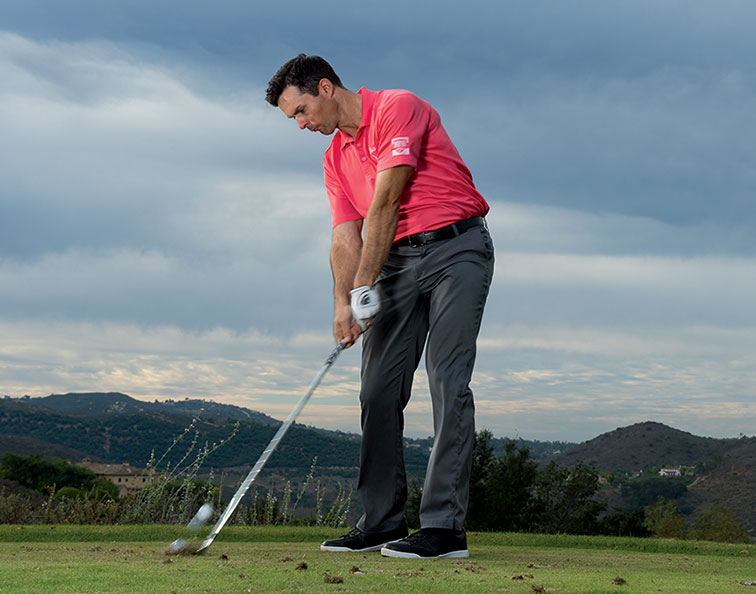

2. High Enough
Grooving an iron swing that produces high shots will come in handy all over the course. It’s also a great fix for golfers who dig deep divots.
Step 1 Aim high. Set your eyes and body on the trajectory you want to create, and play the ball forward of centre in your stance. This will shallow your swing into impact and add clubface loft.
Step 2 Try to watch the club skim the ground after impact. It happens too fast to actually see, but just trying will help you stay down.
Step 3 Finish with your right shoulder under your chin. Don’t quit on it.
3. Relax (Don’t Do It)
When hitting chips and pitches, there’s no need to consciously hinge and unhinge your wrists to get the ball in the air. The weight of the clubhead will make the hinging come naturally, if you let it happen. The key is to swing back and through with as little tension in your hands and arms as possible. Bonus: If you stay relaxed, the club will bottom out where it started at address for crisp contact.
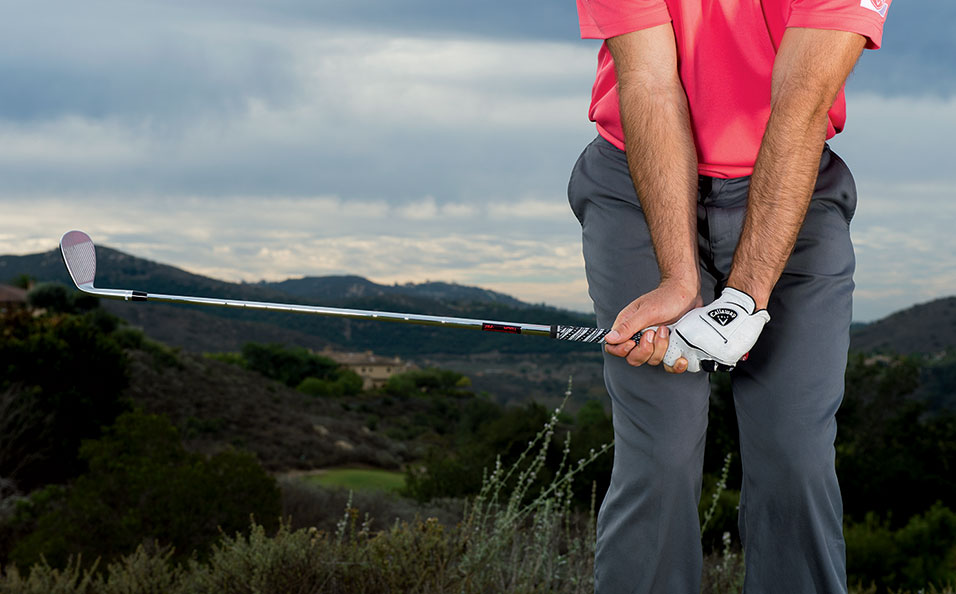

4. Word Up
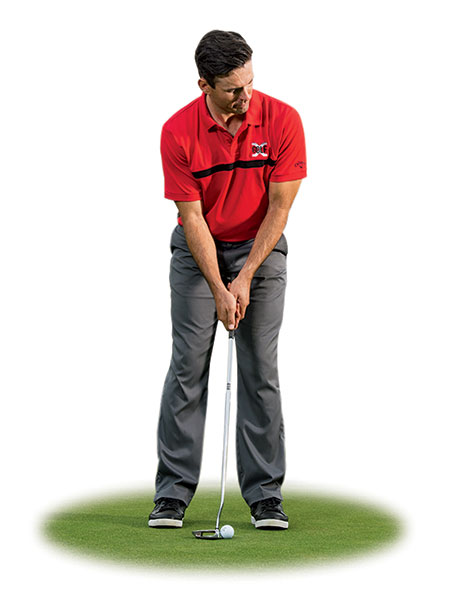
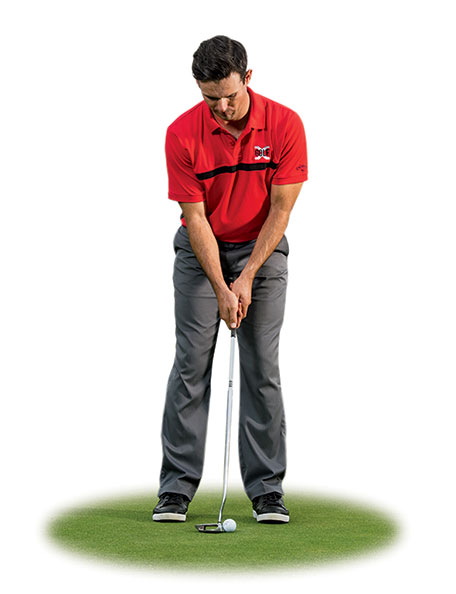
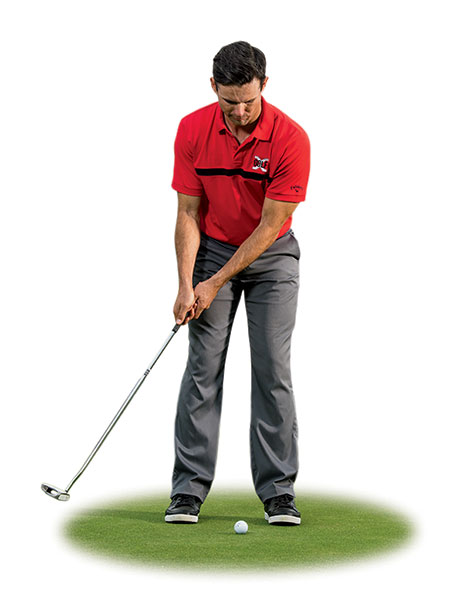

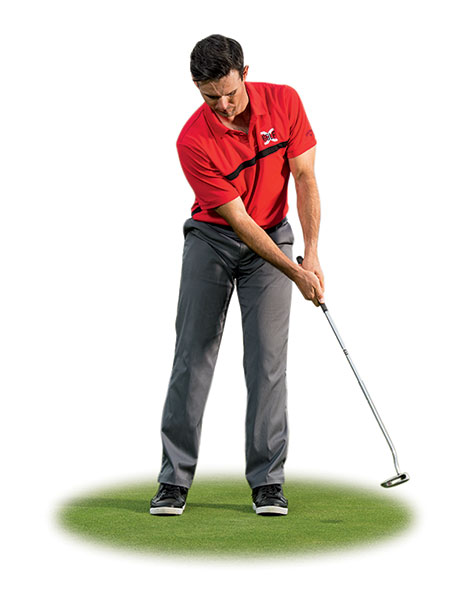
Starting the ball on line is a popular topic in putting. But don’t forget about the angle of attack. Many amateurs hit the ball with a descending blow, and that can cause it to hop and skid during the initial part of the putt, often knocking it off line.
A better technique is to make contact when the putterhead is swinging level with the ground or slightly ascending, like you see here. That point typically comes when the putterhead is moving under the left eye, so address the ball under that spot. You’ll roll it great and really have something to sing about.

– Chris Mayson, one of Golf Digest’s Best Young Teachers, is based at Maderas Golf Academy near San Diego.




